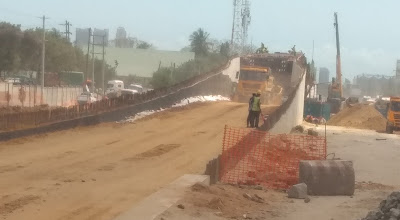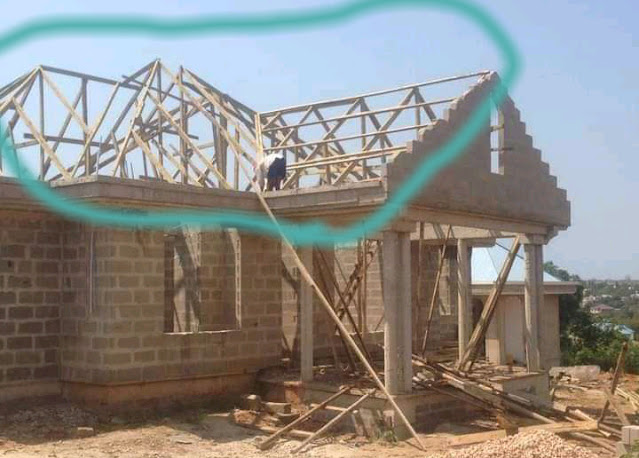TYPES OF RETAIN WALLS

INTRODUCTION Retaining walls these are relatively rigid walls designed and constructed for provision of support to soil masses laterally, so that will be prevented from sliding or eroded away. Why we need retain walls or retaining structures On sloping land of earth surface the soil is not stable, lateral forces push soil masses by sliding or eroding form upper land to lower land. Soil is stable when the slope of the surface is flatter than safe slope, on sliding the soil is trying to flatten its surface, when we have limited space it not possible to provide the safe slope and soil is to be retained at a slope steeper than the safe one, here retaining structures comes. Retaining wall can be found in bridges, buildings, flyovers and roads. Types of retaining walls 1. Gravity retaining wall These are retaining walls which their stability against lateral forces from soil mass depend on their weight, usually constructed from plain concrete or masonry, this kind of retaining w
